Mac Studio M2 Max (2023) review: professional power
With the new M2 Max and M2 Ultra chip options, the Mac Studio takes performance to a new level. This is a pro device in all but the name

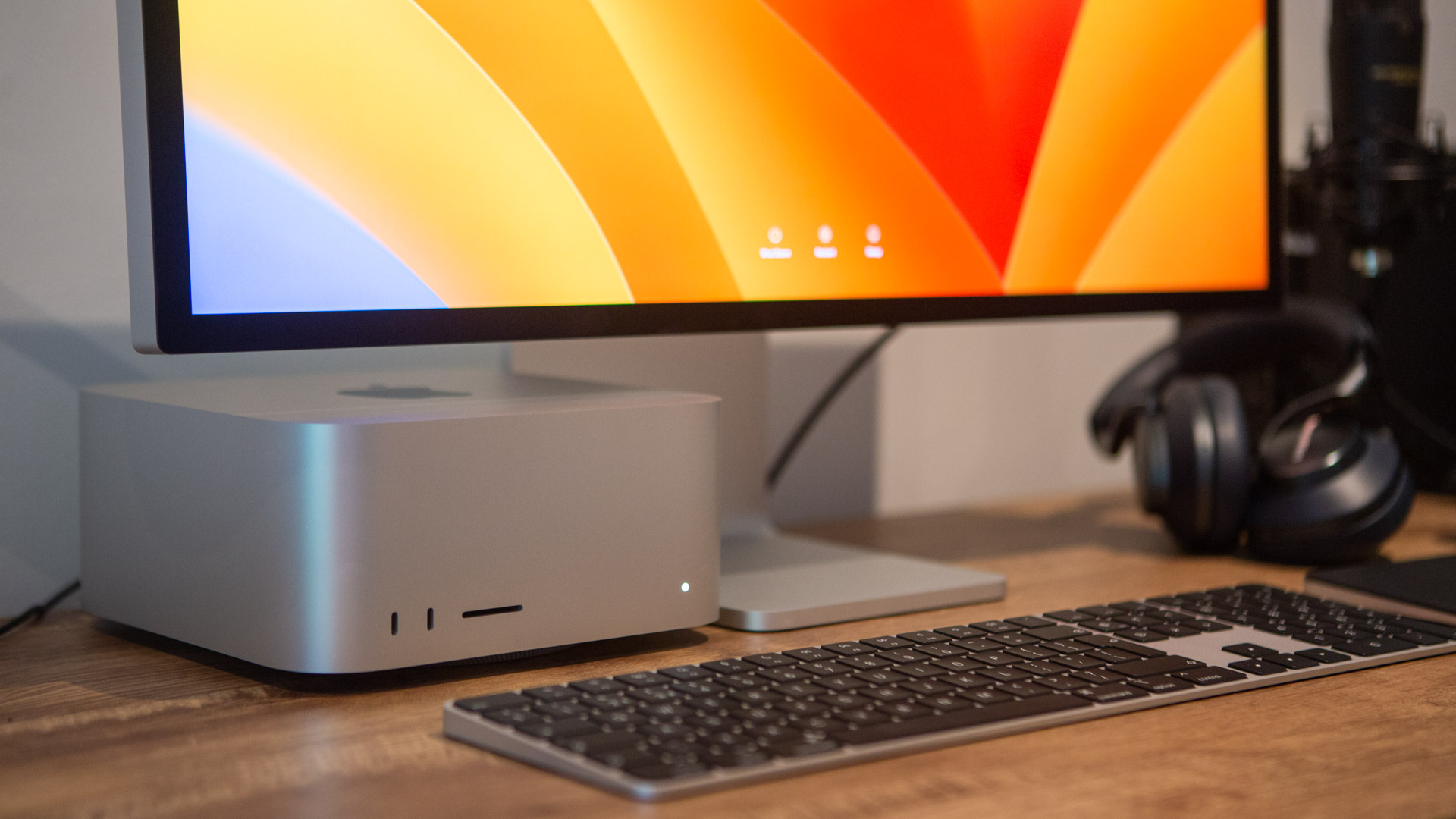
The Mac Studio M2 Max might not be the most powerful in the range but it’s still way more power than most of us will ever need. This is a professional machine designed to do a job and it’s one it does extremely well, and without breaking a sweat.
-
+
Incredible power
-
+
Still relatively compact
-
+
Front slots for USB-C and SDXC
-
-
Big jump in cost from Mac mini
-
-
You probably don’t need this much power
Why you can trust T3
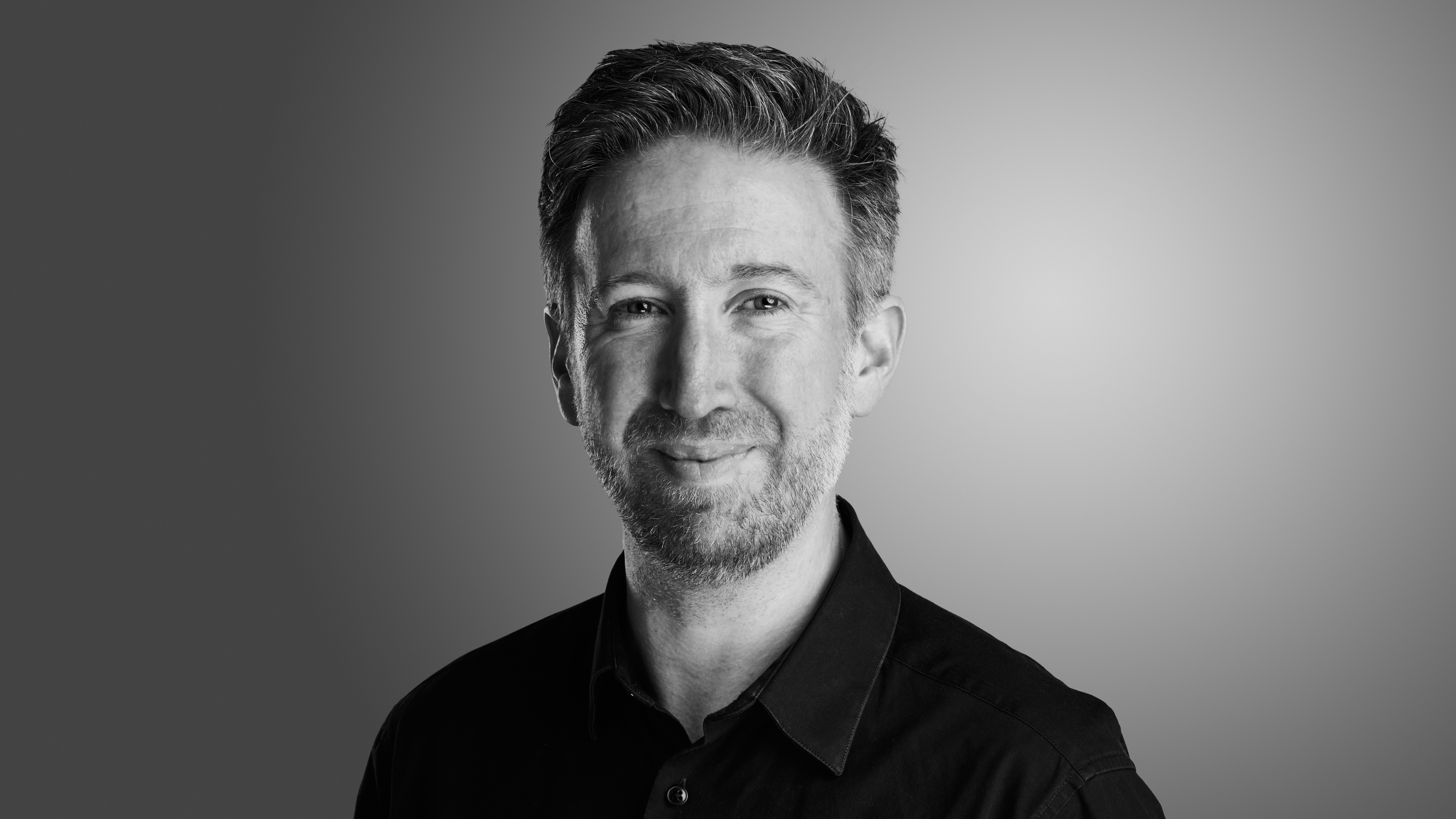
The Mac Studio is part of Apple’s Pro lineup, designed for users that push their Macs harder, with video, audio and 3D processing. For the last year, the Mac Studio has been the most powerful Mac in the range, outperforming the ageing Intel Mac Pro by significant amounts. While there is now a new Mac Pro on the horizon, it shares the same M2 Ultra chip that can be found in the new Mac Studio. Plus if you don’t need the rack space, it will save you £2k to £3k to have the same spec in the Mac Studio.
The beauty of the new Mac Studio though is that it’s available with the slightly less powerful M2 Max chip – a 12-core CPU, with either a 30 or 38-core GPU and a 16-core neural engine. That’s still a seriously impressive offering, with double the unified memory of the M2 Pro chip and 20-30% faster than the M1 Max chip (30% from the GPU and 20% from the CPU).
While definitely a step up from the Mac mini M2 Pro in terms of cost, the Mac Studio M2 Max is half the price of the M2 Ultra version. After all, the M2 Ultra chip is essentially two M2 Max chips joined together to create one giant powerhouse. When it comes to pro machines, the speed and processing power are important but for all but that 1% of professional users, is the M2 Max version enough? I spent some time putting it to the test.
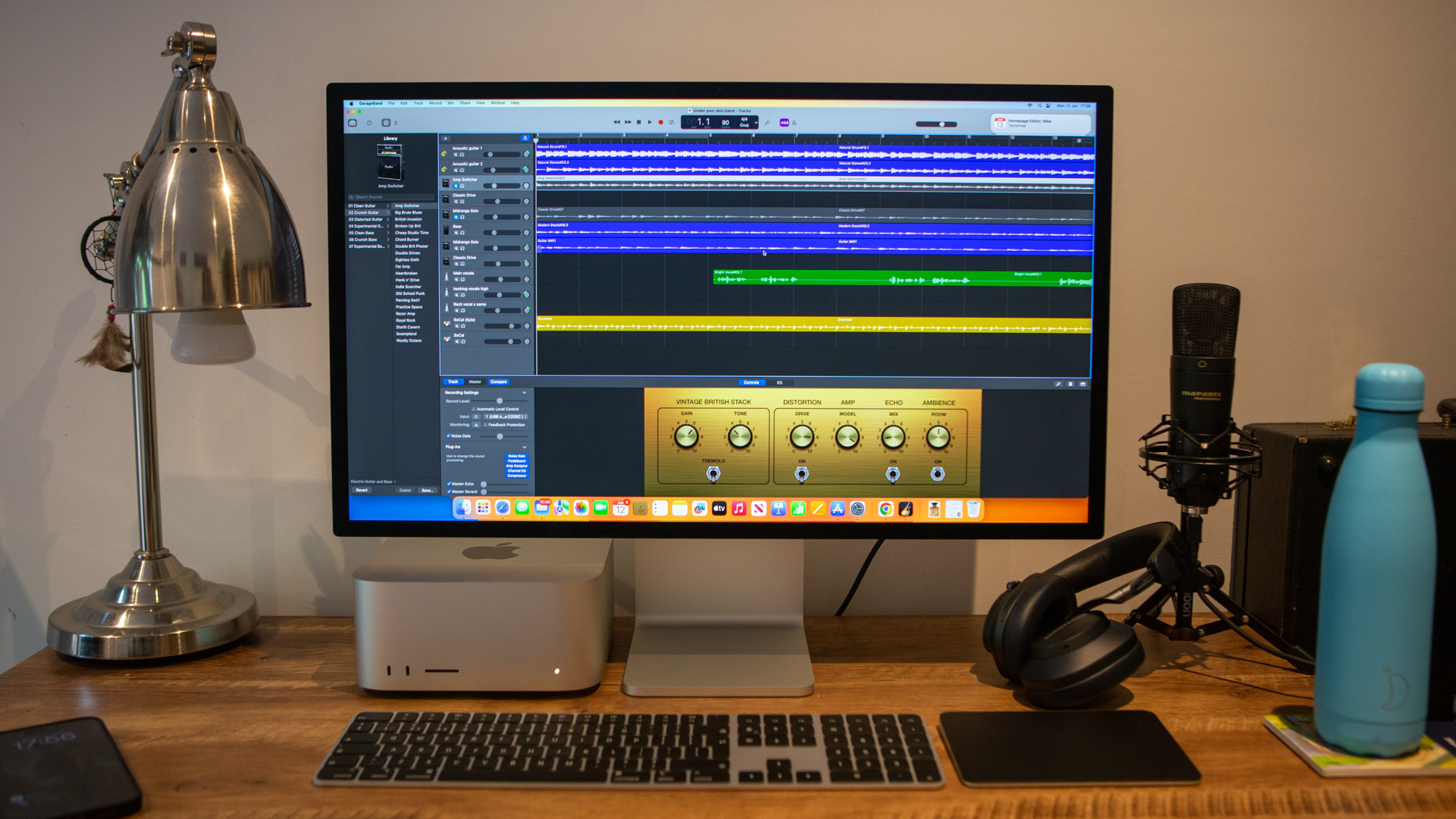
Price and availability
The Mac Studio M2 Max / Ultra was announced at the 2023 WWDC alongside a new MacBook Air 15-inch and the upcoming Apple Vision Pro mixed reality headset. Deliveries of the Mac Studio start from 13 June 2023.
Prices for the Mac Studio M2 Max start from £2099 / $1999 / AU$3299, while the Mac Studio M2 Ultra starts from £4199 / $3999 / AU$6599. Both the M2 Max and the M2 Ultra versions are upgradable, with increased GPU cores, memory and storage. The model I tested was the Mac Studio M2 Max 38-core, with 96GB RAM and 4TB SSD, retailing for £4299 / $4199 / AU$6599. The top-spec model will set you back £8999 / $8799 / AU$13799.
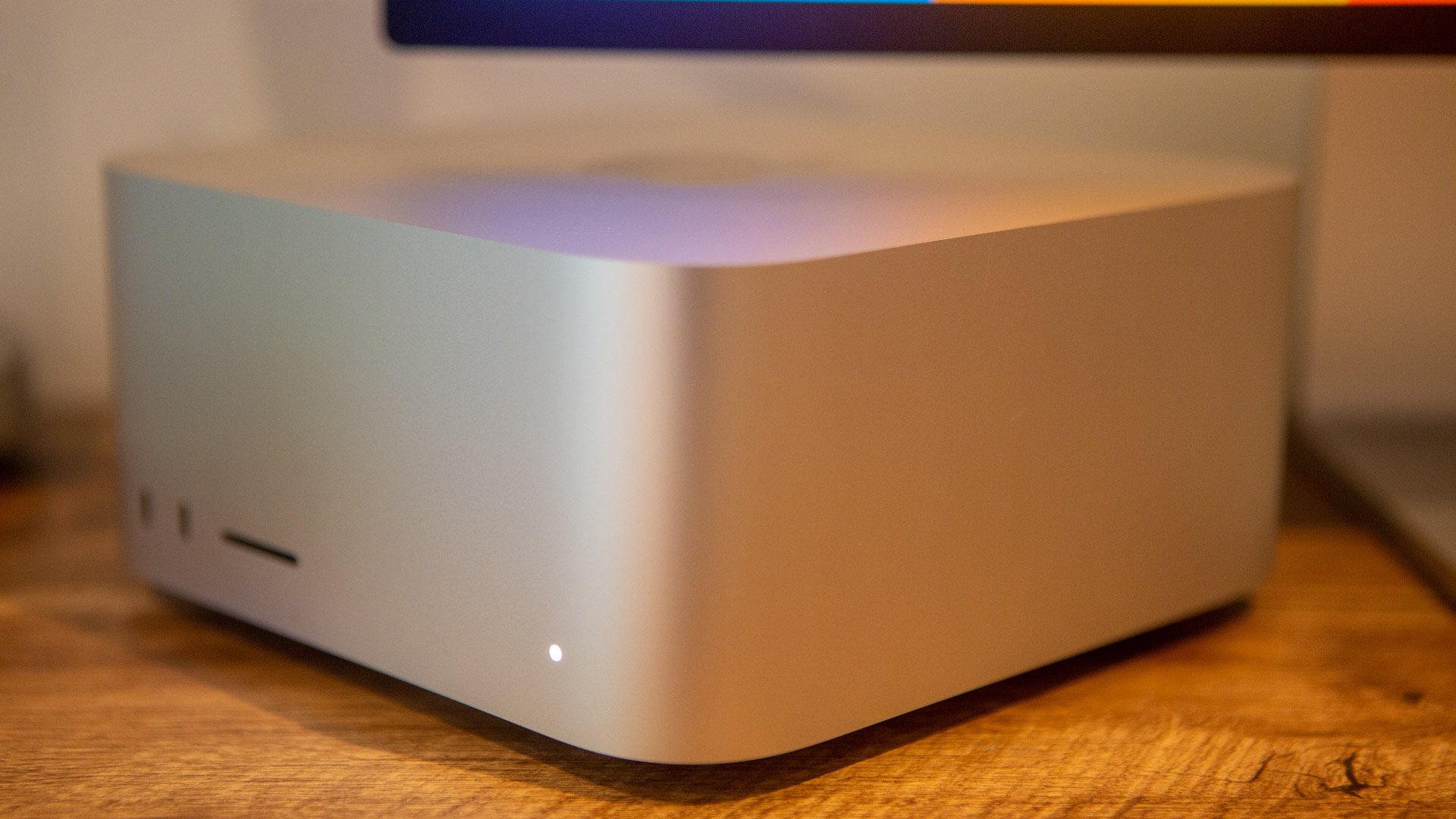
Design and features
Externally, the design of the Mac Studio M2 Max remains unchanged from the original M1 Max version, and the same goes for the M2 Ultra models. The footprint of the computer is identical to the Mac mini (19.7cm or 7.7 inches) but it is considerably taller at around 9.5cm or 3.7 inches.
Crucially, that’s still short enough to fit neatly underneath most monitors, including the Apple Studio Display that pairs perfectly with both the Mac Studio and the Mac mini. The Mac Studio M2 Max can actually support up to five displays at once, while the M2 Ultra can support six 6K monitors, or eight 4K ones. I’m not sure my desk would cope with any more than two, and besides, just the one Studio Display is more than enough for me.
One of the big advantages of a desktop machine is the number of ports, and the Mac Studio is no exception. On the rear, there are four Thunderbolt 4 ports that all support DisplayPort, USB 4 and USB 3.1 Gen 2 operation. There are two further USB-A ports to save you having to use adaptors, a 10Gb ethernet, enhanced HDMI and a 3.5mm headphone jack.
Then, on the front, there are more. For the M2 Max edition, these are two USB-C ports that support up to 10Gb/s, while on the M2 Ultra there are two Thunderbolt 4 ports up to 40Gb/s – both look the same, the difference is all in the speed. Handily, there’s even an SDXC card slot on both versions. I miss having this on my MacBook Pro, so is really nice to have it here to quickly upload images from my camera.
For wireless connections, the Mac Studio features WiFi 6E at up to 2.4Gb/s and BlueTooth 5.3 for low latency connection to a range of accessories, like headphones. Bluetooth connections are also used for any wireless mice, keyboards or trackpads you want to use with the device, which you will need to buy separately.
Unlike some of the M2 chipped devices, the Mac Studio does use a fan. In fact, a large proportion of that casing space is made up of thermal architecture, designed to move the air through the device and keep it cool. After all, these chips are putting out some serious power.
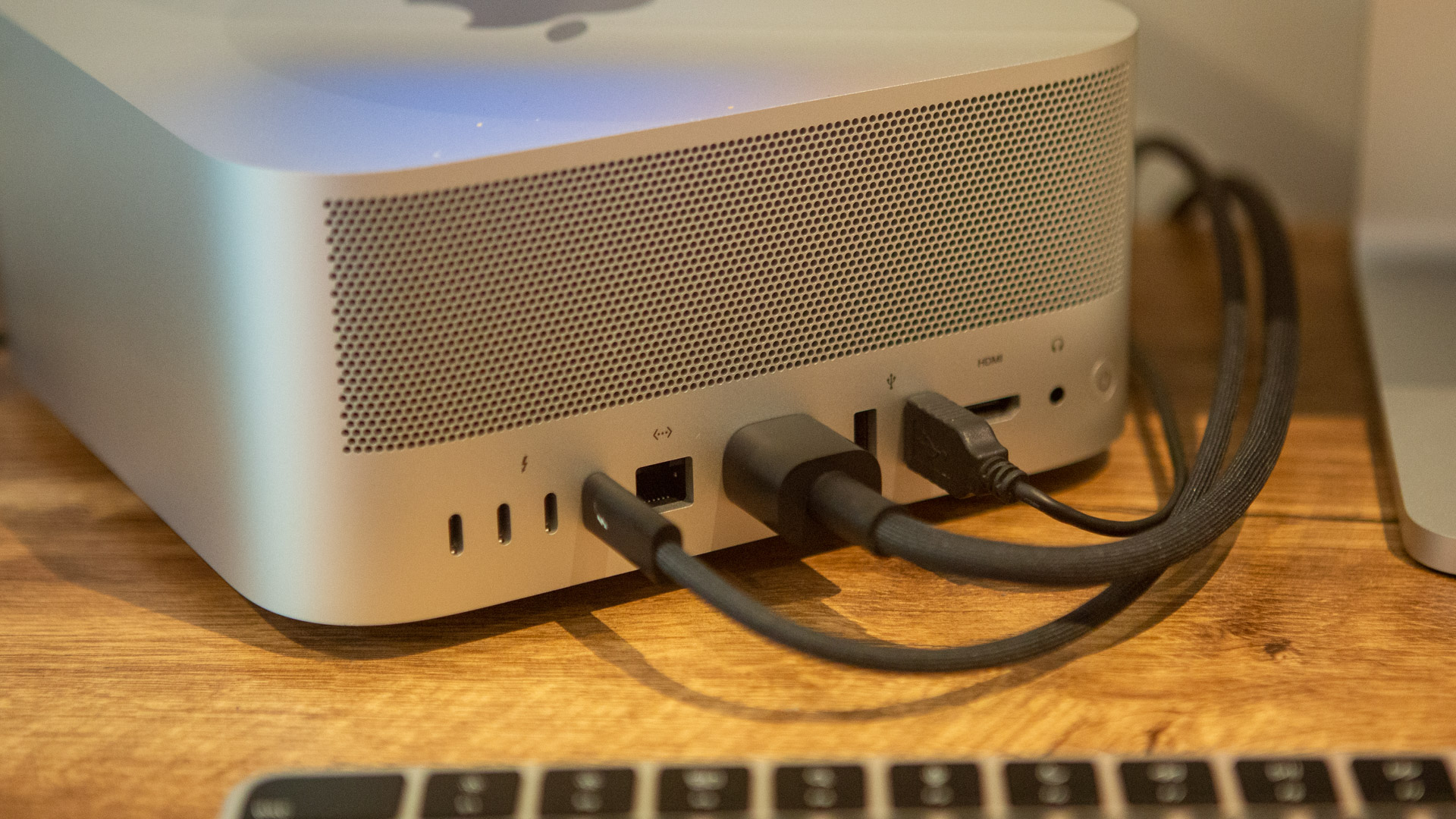
Performance
The power of the M2 Max chip is something that you will struggle to challenge unless you are stretching the limits of some of the most demanding of softwares. This, like the faster M2 Ultra is built to handle the rendering needs of Photoshop, Pro Tools and Final Cut Pro. Previews in Adobe Lightroom are instant, image processing is lightning fast and even huge multi-track audio creations cause no struggle.
With the M2 Max chip and 96GB RAM, it’s hardly a surprise that nothing phases this machine, but it really doesn’t. Even with multiple applications, I couldn’t get the chip to work hard enough to stress it and so the fans remained silent.
Using the Geekbench 6 test to benchmark the CPU, the Mac Studio M2 Max produced a score of 14971, which is second only to the Mac Studio M1 Ultra in the rankings at present. I suspect that it will be pushed into fourth place when the new Mac Pro M2 Ultra and Mac Studio M2 Ultra are tested. While it’s not a huge performance jump over the high-speced Mac mini M2 Pro, it is still ahead.
The biggest question when it comes to performance has to be how much power do you really need? If you’re using consumer-grade software and applications, even to create 4K video edits and multi-track audio, an M2 or M2 Pro device will serve you fine. However, if you are dealing professional software and extremely large files, the extra power of the M2 Max chip will likely come into its own.
While I found the M2 Pro machines to be more than capable of anything I wanted to do, the potential of the M2 Max means that you are futureproofing your workflow for years to come. Each year, software gets more demanding, file sizes get bigger and goals get grander. With the Mac Studio M2 Max, you know that you are covered.
Users of the Mac Studio Ultra are a different league again, and the jump in price would make the decision to pick that model tough. However, I feel the M2 Max chip is a nice middle ground, giving you a machine that you can grow with.
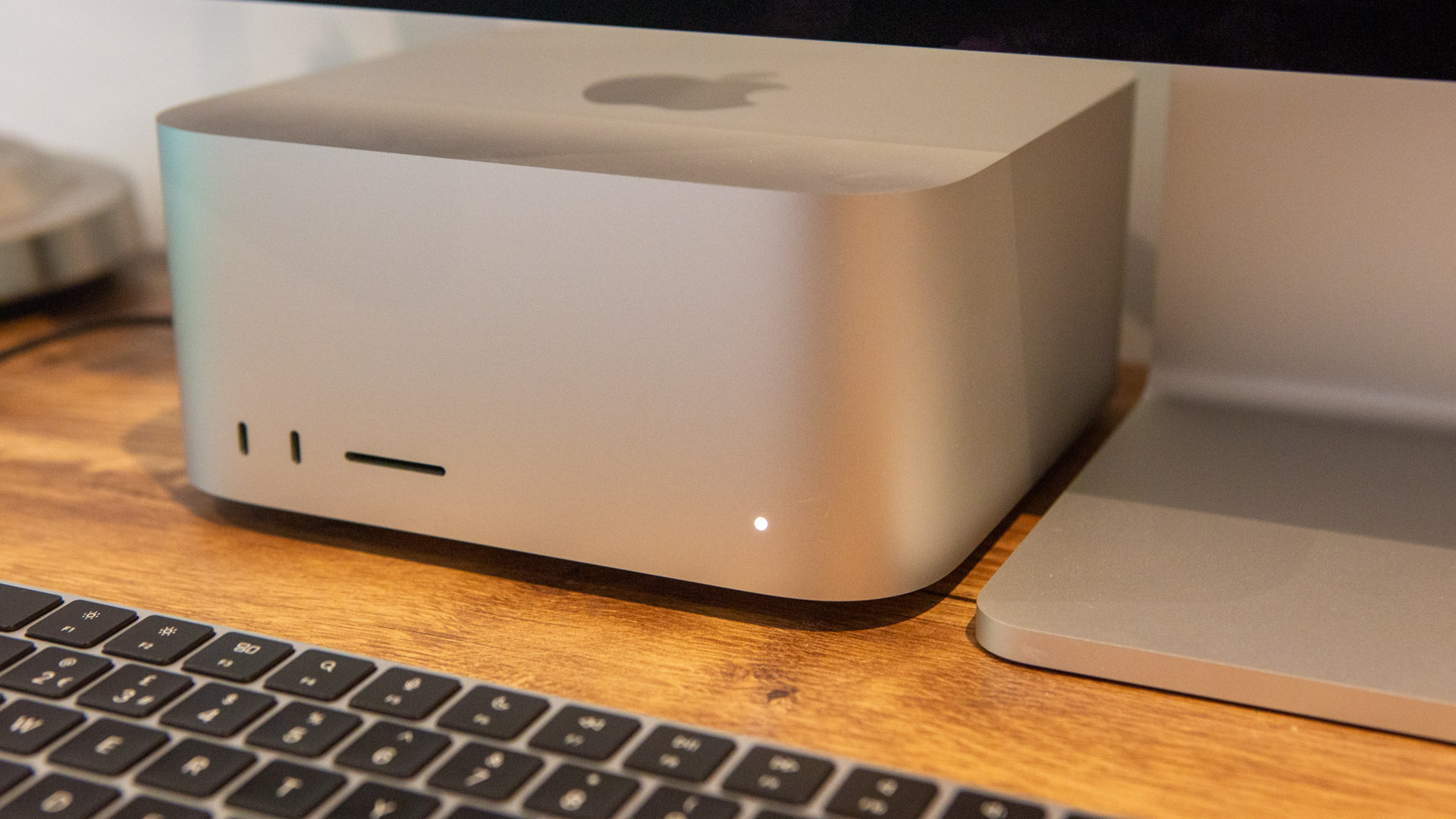
Software
The Mac Studio runs the latest version of Mac OS, which at the time of writing is Mac OS Ventura 13.4. However, when Mac Os Senoma launches later this year you will be able to update to the latest version.
There are a couple of features that Mac OS Ventura offers that really adds to the experience with the Mac Studio. The first one for me is Universal Control. Mostly Universal Control is promoted on the benefit of being able to us a single mouse and keyboard with multiple devices, and that is a benefit – especially if you’re a fan of a clean desk. However, I find the most useful part is being able to literally drag and drop files from one machine to another.
I had a music project file on my MacBook Pro that I wanted to edit on the Mac Studio, so I selected it and dragged it to the edge of the screen. With a little extra movement of th mouse the cursor broke through onto the Mac Studio screen, bring the file along with it, and copied in just a few seconds onto the desktop. Then I had a new image on the Mac Studio that I wanted to put into a Photoshop template I had on my MacBook Pro, so I dragged it the other way in seconds. Yes, this is stuff I could have done via AirDrop, but this was even easier.
The second feature I love is the continuity camera. While the Apple Studio Display I’m using for this test has a great camera built in, it’s no match for the one on the iPhone 14 Pro Max. By just holding the phone near to the computer I can select to use its camera as a webcam instead, and mount it on the top of the monitor using the Belkin iPhone mount, or the new desktop verison.
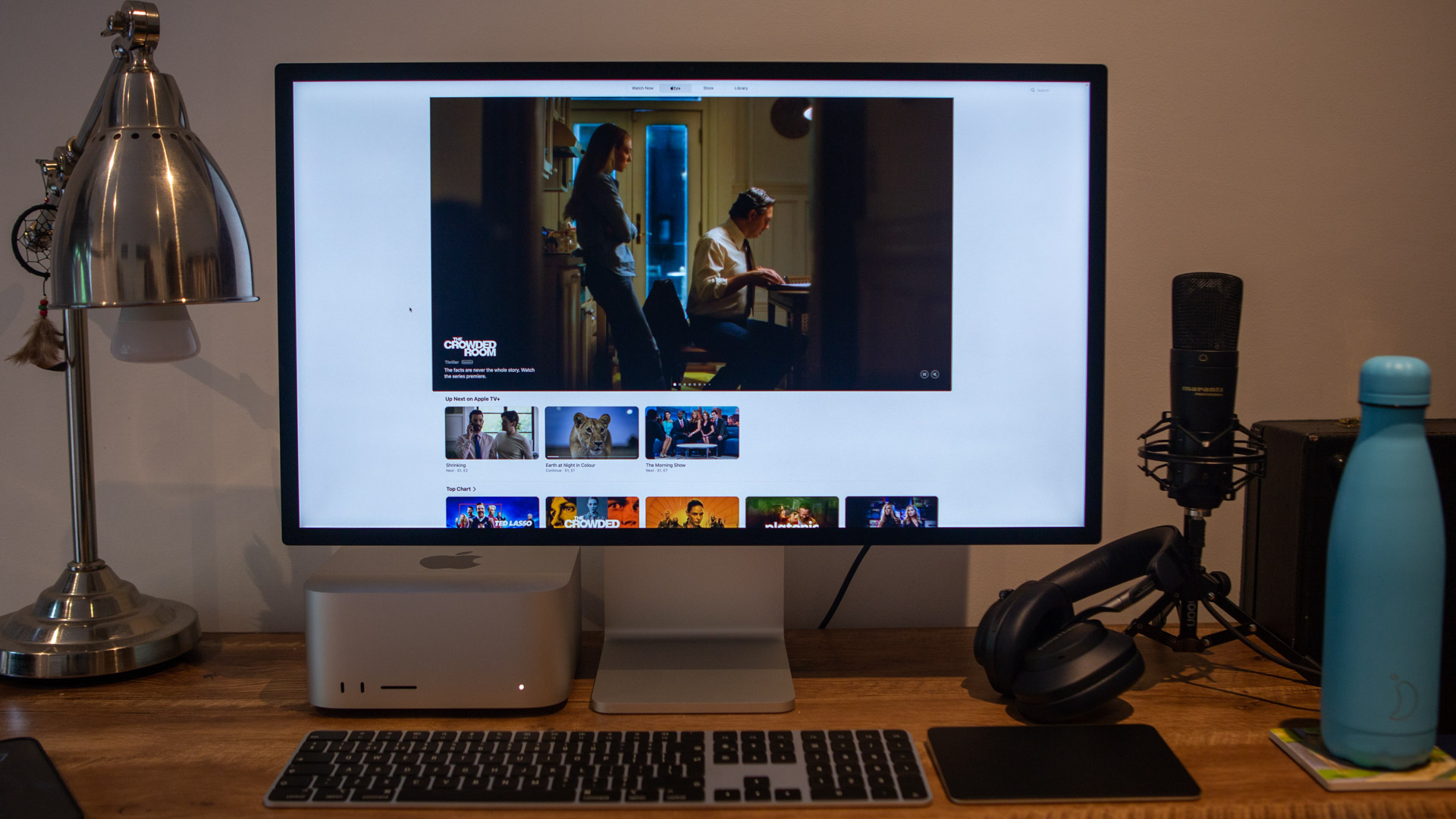
Verdict
With the absence of a 27-inch iMac, the Mac mini and the Mac Studio offer a true solution, and arguably a better one in terms of upgradeability. You can simply trade in your Mac mini or Mac Studio each year, without having to change your monitor – or keep your Mac Studio and upgrade your monitor.
The Mac Studio offers some significant benefits over the Mac mini, both in terms of features and of course performance. The Mac Studio still fits neatly under your monitor so takes up no more space on your desk, plus the extra thermal architecture inside means that even if that chip is worked enough to heat up, it will stay cooler.
Though it’s a small thing in the scheme of things, I do love the front ports on the Mac Studio. Being able to plug devices like your phone or headphones into the USB-C ports to charge is much easier, as is connecting external devices. The same goes for quickly plugging in an SD card. It’s a sign that this machine is designed for busy professionals.
And that’s what the Mac Studio is, a machine for professionals. I’m sure many consumers will buy it, but this is a computer built to work – as much as the Mac Pro is. These will grace design studios, publishing houses, music studios and edit suites across the land. If you need that kind of performance, without going to the brain-the-size-of-a-planet chip that the M2 Ultra offers, then the Mac Studio M2 Max is the machine for you.
Also consider
What is quite nice about the Apple range right now is that if the Mac Studio M2 Mac doesn’t quite suit your needs, there’s a good range of alternatives that probably have what you’re looking for – with the exception of maybe an iMac Pro.
For many users debating whether they need the power of the Mac Studio, the Mac Mini M2 Pro is a viable option. If you opt for a high specced model, the performance difference here isn’t that extreme and you will save yourself a good amount of cash. You don’t get the front ports, the extra thermal architecture or the SDXC card slot though.
An alternative for the more mobile user would be the MacBook Pro 16-inch M2 Pro. Not only is this an awesome machine with an impressive mini-LED display, but it still features the powerful M2 Pro chip. This means you have power on the move, and you can always plug into to an external monitor when working from home.
Sign up to the T3 newsletter for smarter living straight to your inbox
Get all the latest news, reviews, deals and buying guides on gorgeous tech, home and active products from the T3 experts
As T3's Editor-in-Chief, Mat Gallagher has his finger on the pulse for the latest advances in technology. He has written about technology since 2003 and after stints in Beijing, Hong Kong and Chicago is now based in the UK. He’s a true lover of gadgets, but especially anything that involves cameras, Apple, electric cars, musical instruments or travel.
-
 Garmin’s on a mission to update your wrist into oblivion as 100+ tweaks land on Fenix and Enduro watches
Garmin’s on a mission to update your wrist into oblivion as 100+ tweaks land on Fenix and Enduro watchesThe latest beta update looks comprehensive
By Matt Kollat Published
-
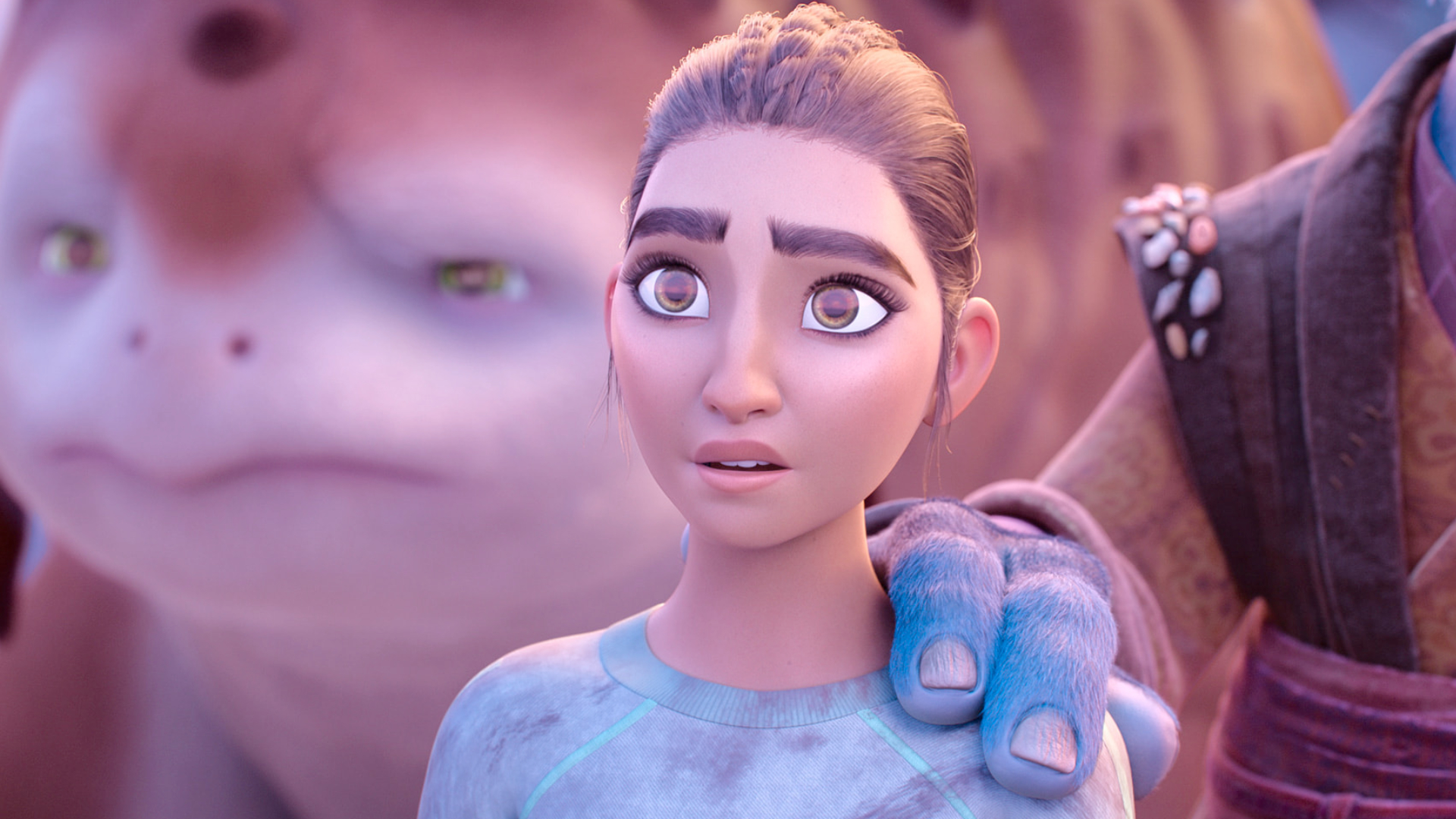 Apple TV+'s beloved sci-fi series gets a surprise sequel and trailer
Apple TV+'s beloved sci-fi series gets a surprise sequel and trailerWondla is coming back
By Max Freeman-Mills Published
-
 Google Pixel Watch 3 just got a potentially life-saving update in the US
Google Pixel Watch 3 just got a potentially life-saving update in the USThe latest update brings advanced heart monitoring to American wrists
By Matt Kollat Published